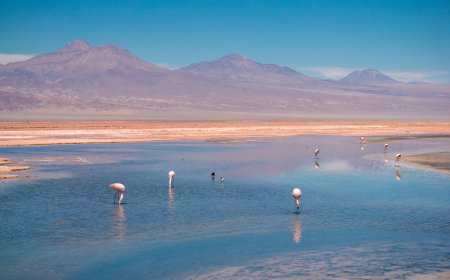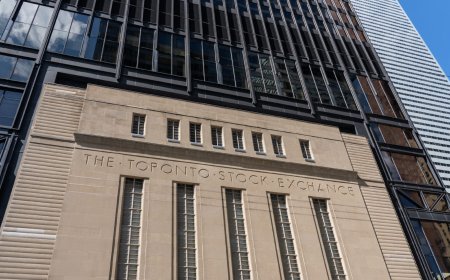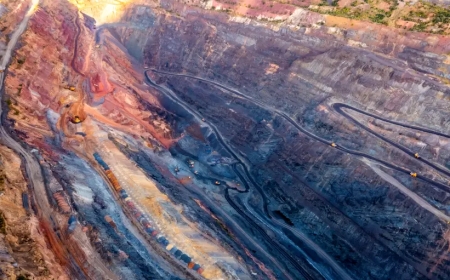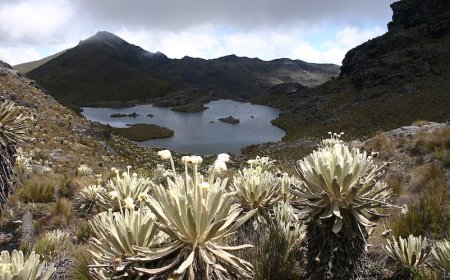Alamos reports record Q4 output, boosts three-year guidance
Record fourth-quarter production brought total annual output last year to 460,400 oz. of gold for Alamos Gold (TSX: AGI; NYSE: AGI), with its three mines in Canada and Mexico expected to produce between 480,000 and 520,000 oz. this year and should remain at similar levels in 2024 and 2025.



In the fourth quarter, Alamos produced 134,200 oz. of gold, a 9% increase from the third quarter, the miner said in a news release Thursday. The debt-free company also ended the year with US$130 million in cash and equivalents, up from US$117 million in the third quarter.
Alamos operates two 100%-owned underground mines in Canada, the Young-Davidson mine in Ontario’s Abitibi Greenstone Belt near the town of Matachewan, about 60 km west of Kirkland Lake, and the Island Gold mine, one of the world’s highest grade gold mines, just east of the town of Dubreuilville, 70 km northeast of Wawa.
In Mexico, it owns 100% of the Mulatos open-pit heap leach mine in east-central Sonora state, about 220 km east of the city of Hermosillo, and is ramping up low-cost production at La Yaqui Grande, where commercial production began in June 2022.
The company noted that record production in the fourth quarter was driven by solid performances from all three operations, including a substantial increase at Mulatos with the ramp up of La Yaqui Grande, and emphasized that the company’s “strong outlook remains intact.”
“We have increased our production guidance for 2023 and 2024, reflecting a stronger outlook at both Mulatos and Island Gold, and we remain on track to deliver a substantial decrease in costs over the next three years,” John McCluskey, Alamos president and CEO, summed up in a press release announcing the company’s 2022 operating results and three-year guidance.
This year the company forecasts total cash costs of US$825-$875 per oz. and all-in sustaining costs (AISCs) of US$1,125-$1,175 per ounce. In 2024 they are expected to fall to US$675-$775 per oz. and US$975-$1,075 per oz., respectively, and drop further to US$650-$750 per oz. and US$950-$1,050 per oz., respectively in 2025.
The mid-tier gold producer said it hasn’t yet finalized the numbers for its total cash costs and AISCs for 2022, but expects they will come in at about US$875-$925 per oz. and US$1,190-$1,240 per oz., respectively.
CEO McCluskey also pointed out that with higher production and lower costs, Alamos expects to “generate growing free cash flow while funding the Phase 3+ Expansion at Island Gold.”
“Once completed in 2026,” he said, “we expect this to drive a significant increase in production, a further reduction in costs and substantial free cash flow growth.”
The company says it plans to spend US$47 million on exploration this year, roughly the same as it spent last year. The budget breaks down to US$17 million at Mulatos, US$14 million at Island Gold, US$8 million at Young-Davidson, and another US$5 million at its Lynn Lake project in Manitoba.
As part of a short-term gold hedging arrangement, Alamos has hedged 56,100 oz. gold this year — about 11% of its 2023 guidance. The company says the contracts ensure an average minimum gold price of US$1,765 per oz. and participation up to an average gold price of US$2,148 per ounce.
BMO mining analyst Brian Quast raised his target price on Alamos to $16 per share following “the strong finish to the year and the positive changes to guidance (specifically at La Yaqui Grande/Mulatos).”
Over the last year, Alamos has traded in a range of $8.30 and $14.92 per share and at midday in Toronto was trading at $15.03, up 2.5% or 36¢ on the day.
The company has about 393.8 million common shares outstanding for a market cap of roughly $5.9 billion.




















